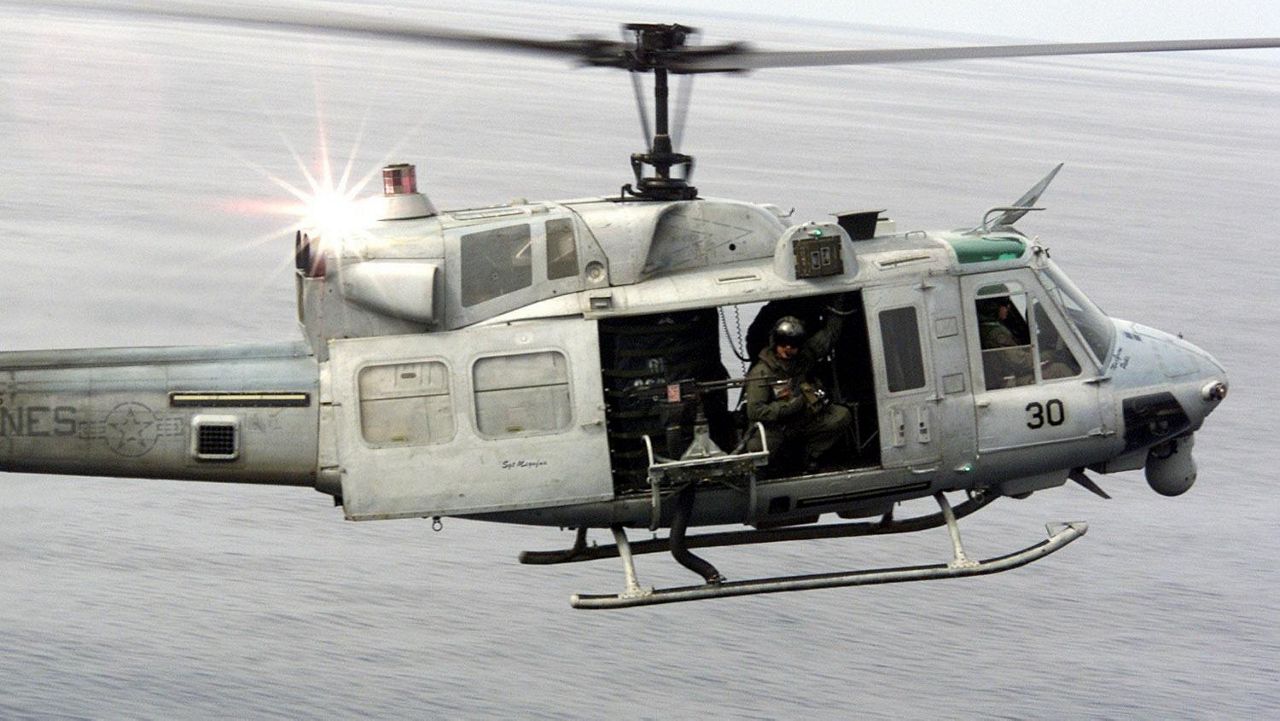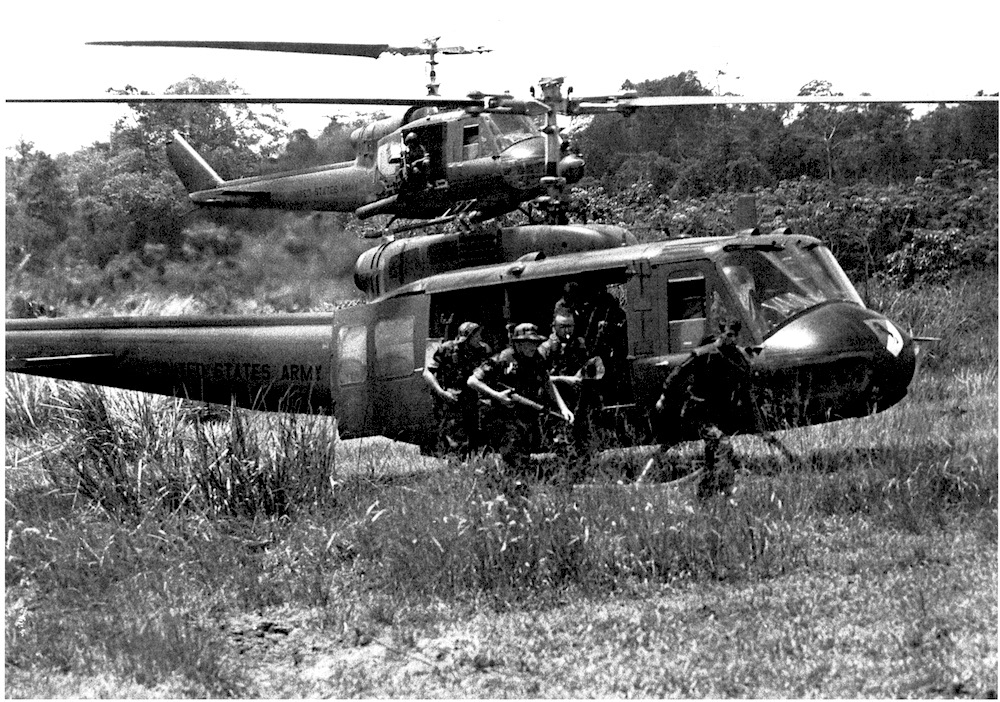

(n.d.).The Bell UH-1 Huey Helicopter was the workhorse during the US involvement in Southeast Asia and Vietnam.

The Huey would find its new home in Houma, bringing with it a lifetime of history to carry on for generations.īell UH-1 Iroquois. Roughly a year later, PHI found 712 and brought it to the museum in pieces to be assembled and hung in the showroom. Christ, who joked with a former chairman of the board of PHI Group, a helicopter company that services the offshore oil and gas industry, about how much he would love to obtain a Huey for the museum if one ever became available. However, it only saw two small assignments during that time before being returned to the U.S.ħ12’s journey to the Regional Military Museum was set into motion by museum founder C.J. 712 remained with the 355th until the summer of 1968. After two crew members suffered injuries that caused 712 to abort a mission, though, its storied career would come to an end.

ARMY HUEY HELICOPTER SERIES
The 355th AHC was dubbed the “Cowboys” and consisted of two Airlift Platoons, the “Ramrods” and “Mustangs,” as well as an Armed Helicopter Platoon known as the “Falcons.” 712 was assigned to the Falcons in the fall of 1967, where it would serve in the Dak To area following an attack on an Allied camp at Dak To.ħ12 would see its final major action during the famous Tet Offensive of 1968, when North Vietnamese and Viet Cong forces launched a series of attacks on hundreds of cities, capitals and outposts in South Vietnam on the Vietnamese Lunar New Year, or “Tet Holiday.”ħ12 was deployed to fight during the Tet Offensive, during which it suffered a series of manageable damages. This Spider would become a “Falcon” with the 355th Assault Helicopter Company and continue its service in the Vietnam War.

for repairs, but its journey did not end there. The force nearly ripped the tail boom and main body of the Huey apart, and 712 narrowly avoided exploding.Ī severely-damaged 712 returned to the U.S. However, 712 took a direct hit during the attack that impacted its tail boom, just below the engine. The 188th, including 712, were deployed to find and neutralize the source of the attack. On June 24th just before midnight, Viet Cong forces launched a mortar attack on the Allied forces. When forces returned to the area that June, the 188th’s heliport, based at Dau Tieng, was designated as the “WEB” ahead of Operation Manhattan, which set out to destroy Viet Cong bases along the Saigon. In January, Allied troops had seemingly cleared out the base, obliterating its tunnel systems and seizing Viet Cong intelligence documents. forces were moved back to the Iron Triangle, an area in the process of becoming a Viet Cong headquarters that lay 25 miles northwest of Saigon between the Saigon and Tinh Rivers, after a stint in the area earlier that year. To ground troops, the Spiders and their crews were famously dubbed “The Spider People” and became known for their regular deployment into heavy fire from enemy forces when ground troops were under attack.Ĭrew chiefs and maintenance test pilots from the Spiders gained additional notoriety for performing routine maintenance on aircraft. The 188th consisted of transport Hueys known as “Black Widows” and gunships that were branded as the “Spiders” of the company (hence the spider painted on the nose of 712). Worth, Texas, 712 became part of the 188th Assault Helicopter Company (AHC). Gunners could hang out of 712’s doors to better enable them to fire M60 machine guns, suspended from bungee cords, in any direction thanks to the help of “monkey straps.”ħ12’s journey through the Vietnam War was a winding one: a journey marked by destruction, restoration and eventual retirement.īuilt in 1966 by Bell Helicopter in Ft. This particular Huey was a gunship that contained two mini-guns that could fire at 4,000 rounds per minute. Hueys, like tail number 66-00712 that hangs in the museum, were used for the first time during the Vietnam War and gained recognition as the United States’ first helicopter model powered by a turbine engine.ħ12, like other Hueys, features two double-bladed rotors in addition to its single turbine-powered engine. Suspended above the main showroom of the Regional Military Museum is one of its largest and most impressive artifacts: an authentic Bell UH-1 Iroquois utility military helicopter, most famously known as the “Huey.”


 0 kommentar(er)
0 kommentar(er)
